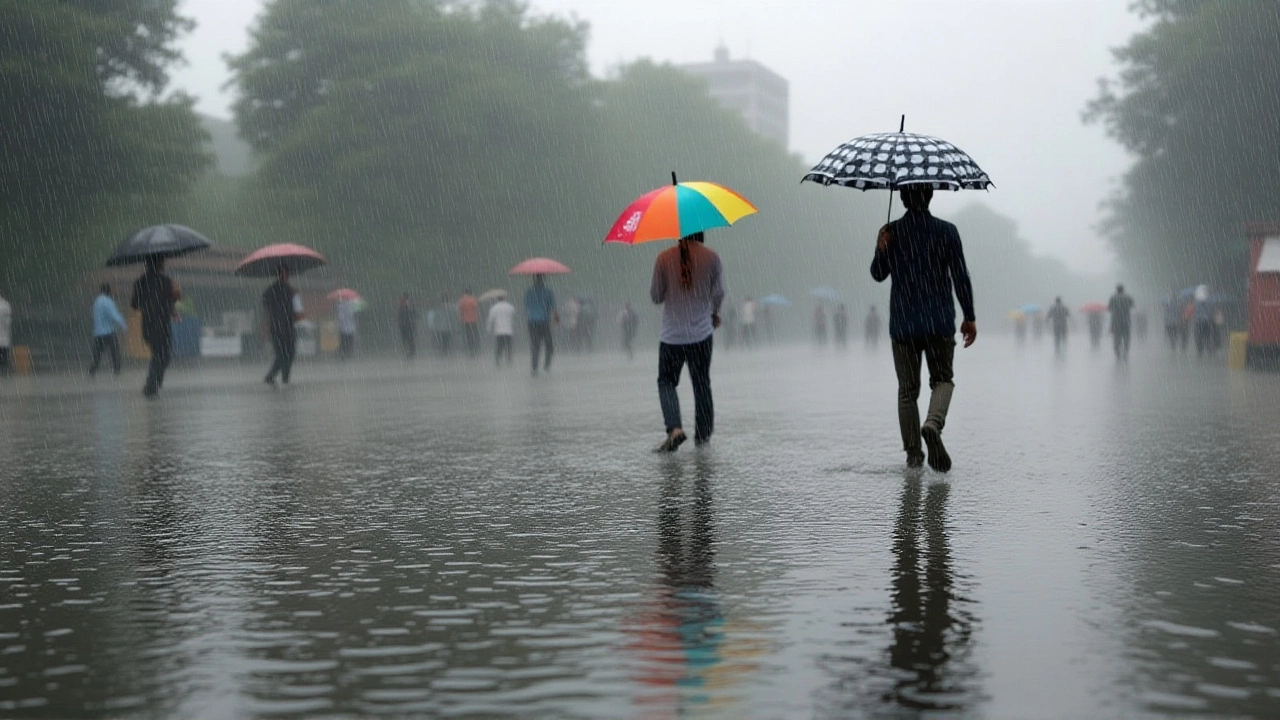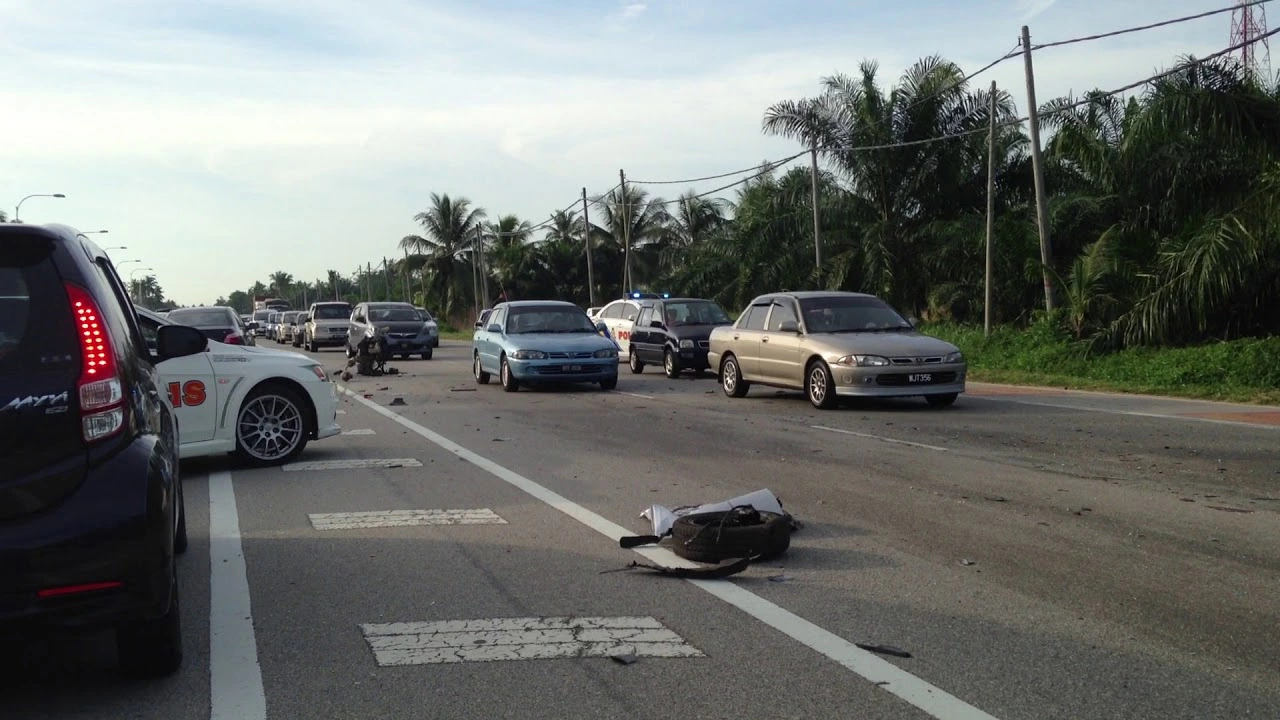Road Safety & Traffic Laws: What Every Driver Should Know
If you hop behind the wheel in India, you’ve probably heard the same warnings over and over: fasten your seatbelt, obey signals, don’t drink and drive. Those sound bites are useful, but they don’t tell the whole story. Understanding why accidents happen and how the law protects you can make the difference between a safe journey and a close call.
Common Causes of Road Accidents in India
Most people point to reckless driving when they talk about crashes, and they’re right. Speeding, sudden lane changes, and ignoring traffic signals top the list. But there’s more under the hood. Poorly maintained roads—potholes, uneven surfaces, missing markings—create hidden hazards that can trap even careful drivers. When a vehicle’s brakes or lights are faulty, a simple mistake can turn deadly.
Another big factor is driver training. Many licenses are earned with minimal practical experience, leaving new drivers unsure how to handle heavy traffic or unexpected obstacles. Add to that a lack of awareness about safety gear—like helmets for two‑wheelers or child seats for cars—and the risk piles up. Finally, enforcement gaps let rule‑breakers get away, reinforcing a culture where traffic laws feel optional.
Practical Tips to Stay Safe on the Road
Here’s a quick checklist you can start using today:
- Check your vehicle. Before each trip, glance at tire pressure, brakes, lights, and windshield wipers. A short inspection prevents breakdowns that often lead to collisions.
- Follow speed limits. They’re set for a reason—curves, pedestrian zones, school areas. If you’re in a hurry, pull over safely and reassess.
- Use signals every time. A blink before you turn or change lanes gives others time to react. It’s a habit that saves lives.
- Maintain a safe distance. Tailgating cuts your reaction time. Keep at least two seconds between you and the car ahead, more in rain or fog.
- Stay sober and alert. Alcohol, drugs, or even fatigue dull your judgment. If you feel tired, take a break.
- Wear protective gear. Seatbelts, helmets, child restraints—these aren’t optional. They reduce injury severity dramatically.
Beyond personal habits, get familiar with the key traffic laws that apply to you. For instance, Indian law mandates a 30 km/h limit in residential zones and a zero‑tolerance policy for drinking and driving. Violating these rules can lead to hefty fines, license suspension, or even jail time. Knowing the penalties helps you respect the rules, not just to avoid a ticket but to protect everyone on the road.
Feeling frustrated about bad roads? Voice your concerns to local authorities. Many municipalities have online portals where you can report potholes or broken signals. When enough drivers speak up, improvements happen faster.
Remember the question many of us ask: "What’s the major cause of road accidents in India?" The answer isn’t a single factor. It’s a mix of reckless behavior, infrastructure gaps, inadequate training, and weak enforcement. By tackling each piece—starting with what you can control—you become part of the solution.
Next time you start the engine, think of these simple steps. They won’t just help you avoid a fine; they’ll keep you and your loved ones safe. Road safety isn’t a one‑time checklist; it’s a habit you build every day. Drive smart, stay alert, and enjoy the ride responsibly.
IMD Warns of Thunderstorms and Heavy Rain in East Uttar Pradesh as Temperatures Drop
IMD warns of thunderstorms, lightning, and heavy rain in East Uttar Pradesh on Oct 30–31, 2025, with wind gusts up to 50 km/h and temperature drops. Commuters, travelers, and Diwali celebrants urged to prepare for hazardous conditions.
MoreWhat do you think is the major cause of road accidents in India?
In my opinion, the major cause of road accidents in India is the lack of proper road safety measures and reckless driving habits. Many drivers violate traffic rules, leading to dangerous situations. Poorly maintained roads and vehicles also contribute significantly. Moreover, inadequate driver training and lack of awareness about road safety norms are other serious concerns. The problem is further exacerbated by inadequate enforcement of traffic laws.
More
